In an age where information is power, surveillance services have become a vital tool for gathering accurate, real-time evidence in both personal and professional settings. Whether it’s verifying claims, uncovering fraud, or monitoring suspicious activity, modern surveillance combines advanced technology with strategic expertise to deliver clear, reliable insights. From discreet video monitoring to GPS tracking and digital forensics, these services help individuals, businesses, and legal teams make informed decisions based on facts. In this guide, we’ll explore how surveillance services utilize cutting-edge technology to gather critical evidence while maintaining discretion and integrity every step of the way.
Why Top Businesses Trust Professional Surveillance Services
Evolution of Surveillance Services in the Digital Age
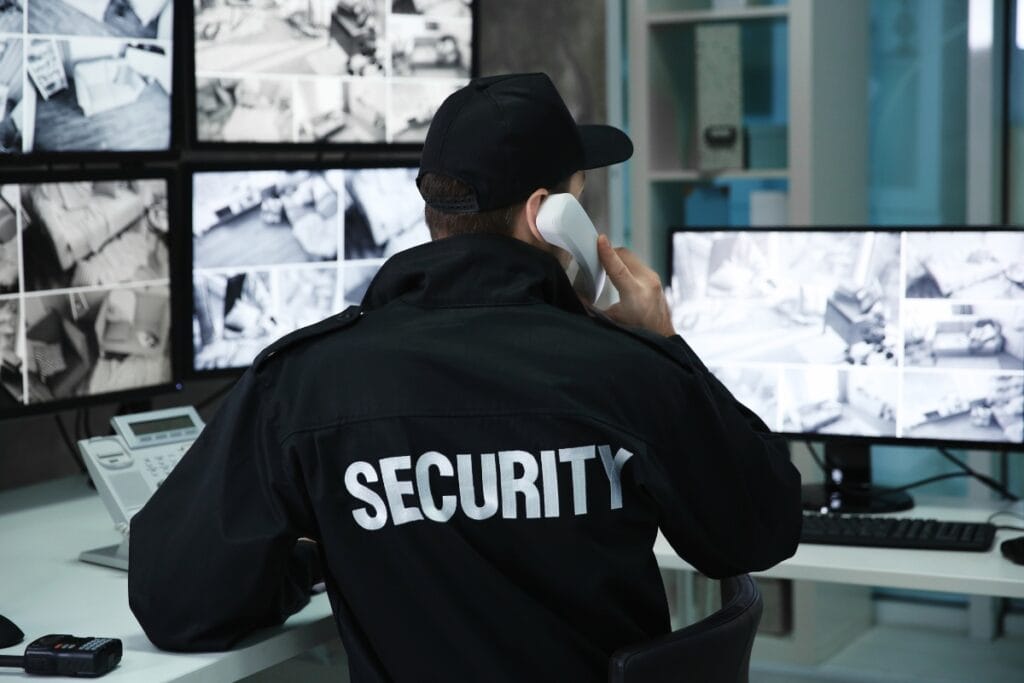
The evolution of surveillance services has mirrored humanity’s relentless pursuit of knowledge and security. In prehistoric times, observation was purely human—wardens on watchtowers, sentinels patrolling city walls, and scouts reporting enemy movements. As societies advanced, so did the methods: telescopes enabled distant monitoring, while the telegraph allowed near-instant communication of findings. The industrial revolution spawned primitive mechanical recording devices, but it wasn’t until the late 20th century that true digital surveillance began to take shape.
With the dawn of the internet, law enforcement and private investigators gained access to a vast virtual landscape. Data trails, email headers, and online activities became new sources of evidence. Closed-circuit television (CCTV) systems proliferated in urban centers, offering round-the-clock visual monitoring of public spaces. During the early 2000s, mobile phones transformed into handheld surveillance units, transmitting audio and video live across networks. Surveillance services leveraged this connectivity to monitor high-risk targets, track vehicles, and even intercept communications.
Today’s surveillance services integrate GIS mapping, cloud storage, and real-time analytics to transform raw data into actionable insights. No longer confined to static cameras or human recollection, modern operations utilize satellite imagery and networked sensors to surveil locations anywhere on the globe. Remote assets can be deployed and managed from command centers thousands of miles away, making monitoring more efficient and cost-effective. The digital age has ushered in a new era—one in which surveillance services operate at the speed of data, seamlessly blending hardware and software to detect, record, and analyze events as they unfold.
The Role of Technology in Modern Surveillance Practices
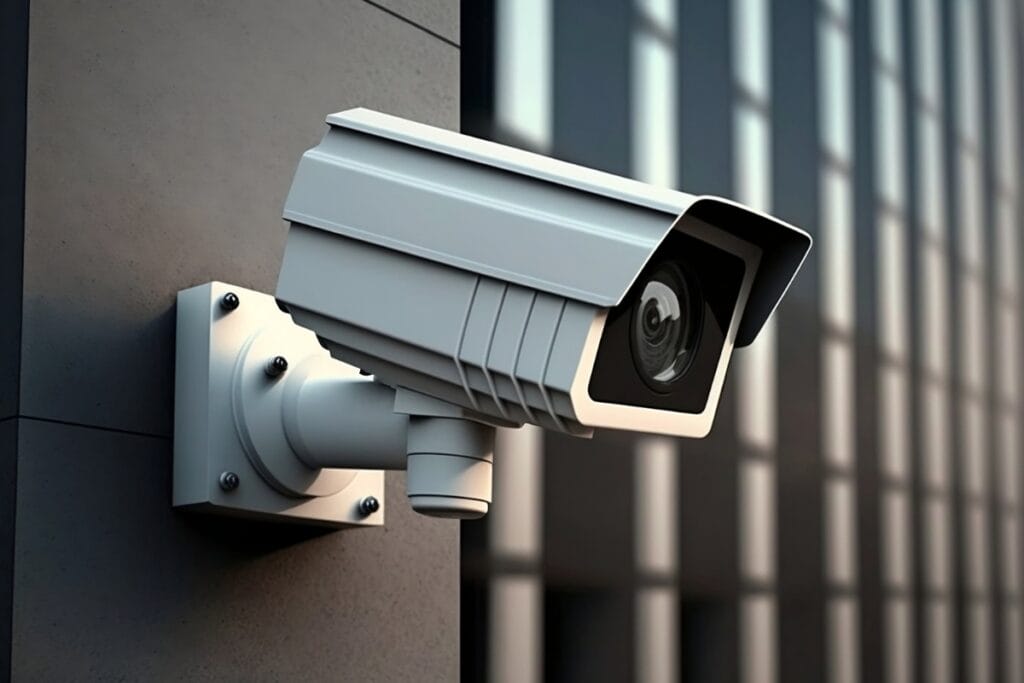
Technology has become the cornerstone of modern surveillance services, driving innovations that amplify reach, accuracy, and efficiency. Gone are the days when investigators relied solely on foot patrols or manual stakeouts. Advanced sensor networks, mobile applications, and cloud computing platforms now work in concert to collect and process vast amounts of information in real time. From live-streaming video feeds to geofencing alerts triggered by unauthorized movements, technology ensures that no data point goes unnoticed.
Digital forensics tools further augments surveillance capabilities. Specialized software can recover deleted files, analyze network logs, and decrypt encrypted communications, providing invaluable leads in investigations. Geographic Information System (GIS) platforms overlay multiple data sources—traffic flows, demographic trends, and historical incident reports—on a single map, enabling precision targeting. Moreover, wearable devices and covert audio recorders bring a new dimension to evidence gathering, capturing conversations and behaviors in environments once deemed inaccessible.
Communication technology also plays a vital role. Encrypted messaging apps facilitate secure coordination among surveillance teams, while satellite phones ensure connectivity in remote regions. Emerging mesh network protocols allow devices to relay information peer-to-peer when traditional infrastructure is compromised. As 5G networks roll out globally, bandwidth constraints will diminish, empowering high-definition streaming and instantaneous data transfers. Ultimately, the synergy between hardware sensors and software intelligence defines the future of surveillance services, promising smarter, faster, and more discreet investigations than ever before.
Drone Technology: Aerial Surveillance Capabilities
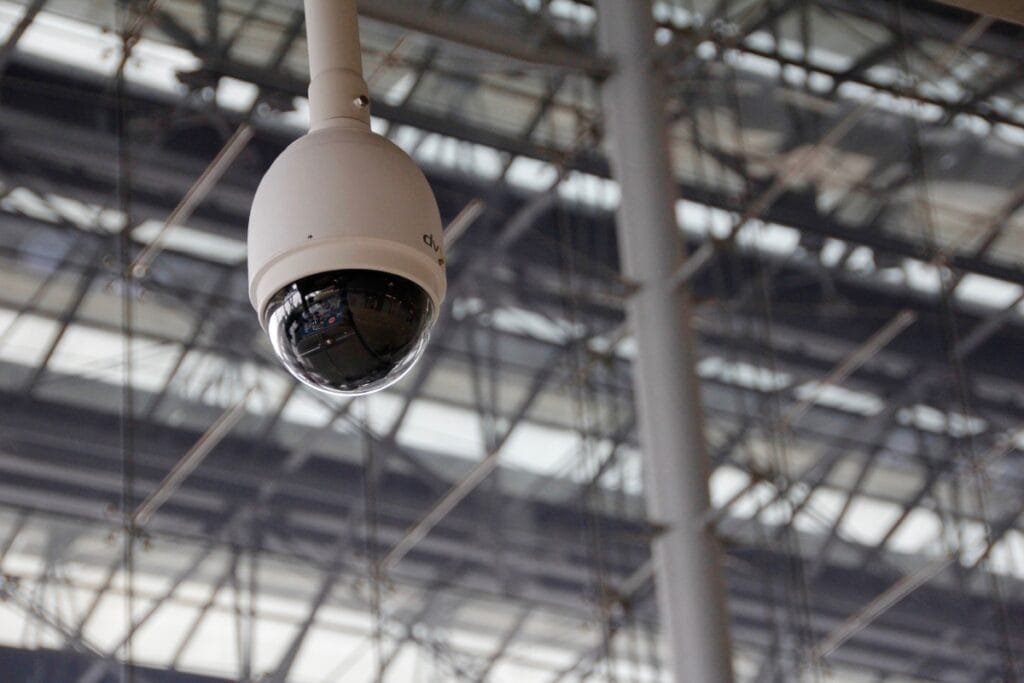
Unmanned aerial vehicles (UAVs), commonly known as drones, have transformed the surveillance services landscape by offering unparalleled aerial perspectives. Equipped with high-resolution cameras, thermal sensors, and GPS modules, drones can hover over areas of interest, capturing detailed imagery and real-time video feeds. This capability proves indispensable for monitoring large properties, traffic patterns, and remote locations that are otherwise difficult or dangerous for human operators to access.
Beyond simple video capture, modern drones can operate autonomously with pre-programmed flight paths. Using waypoint navigation, they systematically sweep zones, ensuring comprehensive coverage without manual piloting. Geo-fencing technology prevents drones from straying into restricted airspace, enhancing operational safety and compliance. Additionally, vertical takeoff and landing (VTOL) designs allow for deployment in confined spaces—such as urban alleys or dense forests—where traditional aircraft cannot reach.
Integrating drones into surveillance services also reduces operational costs. Companies no longer need to rely on helicopters or manned aircraft for aerial reconnaissance, which are expensive and logistically complex. Drone fleets can be quickly mobilized, maintained by small teams, and redeployed as situations evolve. In disaster response scenarios, they survey damage, locate survivors, and guide rescue teams with real-time geospatial data. In corporate security, they monitor perimeters and conduct routine inspections of critical infrastructure, providing alerts to potential breaches before they escalate.
Artificial Intelligence and Machine Learning in Data Analysis
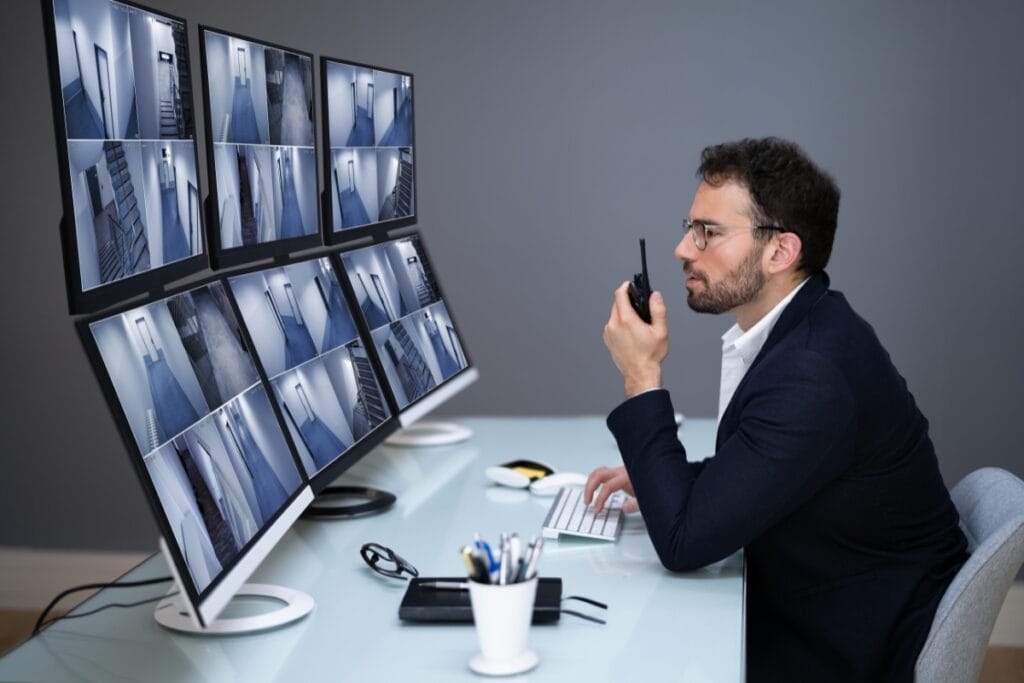
Artificial intelligence (AI) and machine learning (ML) have ushered in a paradigm shift in how surveillance services process and interpret data. These technologies excel at detecting patterns within massive datasets—something human analysts would find time-consuming, if not impossible. Whether analyzing video feeds, audio recordings, or digital communications, AI algorithms can identify suspicious behaviors, flag anomalies, and generate predictive insights.
Machine learning models train on labeled datasets to recognize faces, read license plates, and even detect loitering or crowd formations. Once deployed, they can operate continuously, refining their accuracy over time as they ingest more real-world data. This auto-tuning capability enhances both precision and recall, reducing false positives that once plagued manual monitoring. In audio surveillance, speech-to-text engines transcribe conversations, while sentiment analysis gauges emotional tone, offering clues about intent or urgency.
AI-driven analytics also enable proactive risk management. Predictive algorithms forecast potential security incidents by correlating historical crime data with environmental factors like weather or local events. Investigators receive real-time alerts when suspicious patterns emerge—such as an unexpected gathering in a normally quiet area—allowing rapid intervention. Deep learning frameworks further bolster image enhancement, turning grainy footage into recognizable visuals. By automating repetitive tasks and highlighting critical findings, AI and ML amplify the effectiveness of surveillance services, transforming raw data into high-value intelligence.
Internet of Things (IoT) Devices for Remote Monitoring
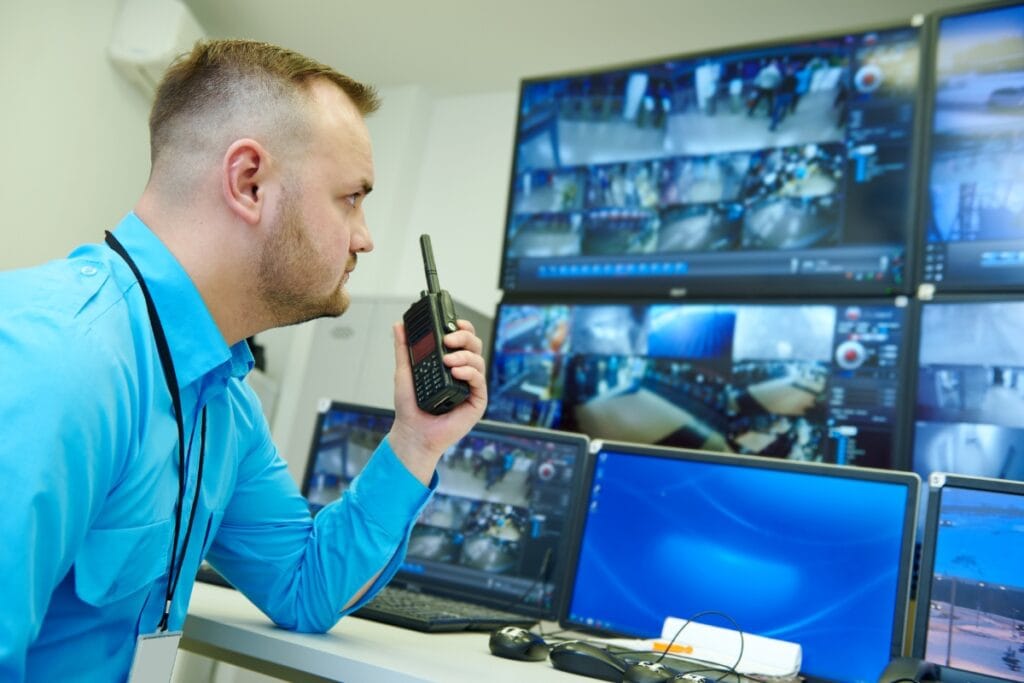
The Internet of Things (IoT) has unleashed a wave of interconnected sensors and smart devices that form the backbone of modern surveillance services. These IoT devices—ranging from motion detectors and door sensors to environmental monitors—relay real-time status updates to centralized platforms. By networking these sensors, organizations gain holistic visibility into facilities, vehicles, and personnel movements.
Smart cameras outfitted with edge computing capabilities can preprocess footage locally, filtering out routine activity and forwarding only relevant clips to the cloud. Temperature and humidity sensors guard against environmental threats in warehouses or data centers, while vibration detectors placed on critical machinery detect anomalies before breakdowns occur. RFID tags and Bluetooth beacons track assets and personnel, creating dynamic location maps that inform security patrols and emergency responses.
Integration with mobile apps ensures that alerts reach security personnel instantaneously, wherever they are. If an IoT sensor detects unauthorized entry or a sudden temperature spike, push notifications and SMS alerts trigger rapid investigations. Advanced platforms consolidate sensor data alongside video feeds, enabling contextualized decision-making. Scalability is another advantage—new devices can be added to the network with minimal configuration. This modularity empowers surveillance services to expand coverage as requirements evolve, making IoT a game-changer for remote, continuous monitoring.
Biometric Technology for Identification and Authentication
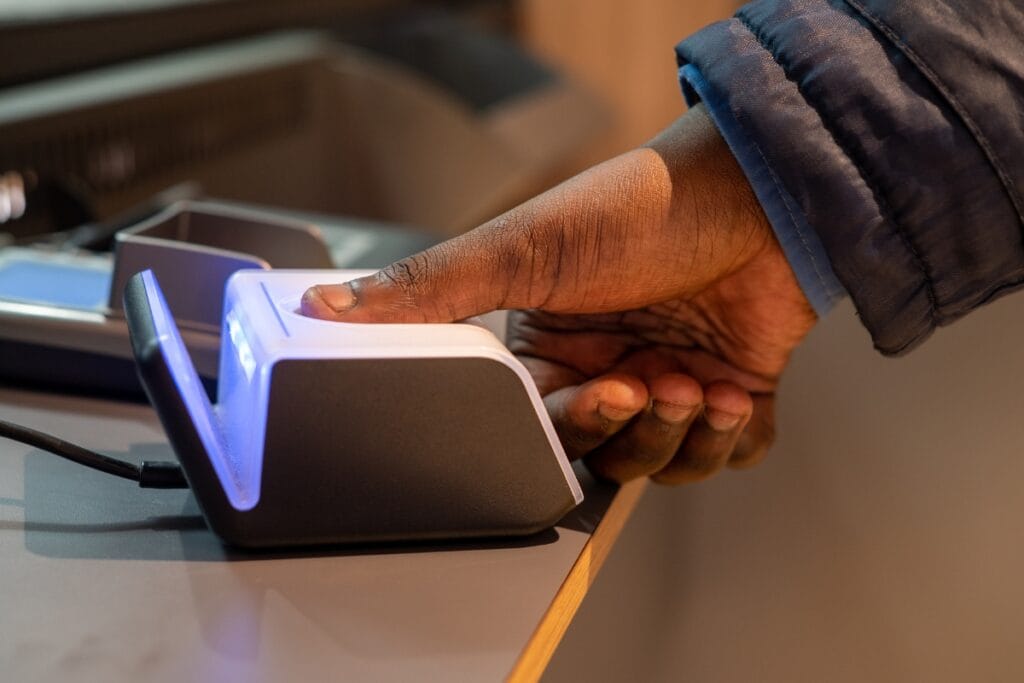
Biometric technology has elevated surveillance services by providing robust methods for identifying individuals with high precision. Fingerprint scanners, facial recognition systems, iris and retina scanners, and voice biometrics are increasingly deployed in both public and private sectors. Unlike traditional ID cards or passwords, biometrics rely on unique physiological traits, greatly reducing the risk of identity fraud or unauthorized access.
Facial recognition cameras integrated into security checkpoints can match live images against watchlists in seconds, flagging persons of interest instantly. In corporate environments, fingerprint and palm-vein readers control entry to sensitive areas, while voice biometrics verify identities during phone-based investigations. Iris scanners, valued for their accuracy, secure high-level facilities such as data centers and research laboratories. Each biometric modality offers distinct strengths—fingerprints are quick and cost-effective, while iris recognition excels in low-light conditions.
Privacy concerns and data protection regulations have driven the adoption of secure storage methods for biometric templates. Encryption and tokenization ensure that raw biometric data never leaves the secure server, mitigating risks of misuse. Multimodal systems, which combine two or more biometric checks, further strengthen authentication by compensating for individual sensor limitations. By embedding these capabilities into surveillance services, organizations achieve seamless identification processes that are both user-friendly and highly secure.
Video Analytics: Enhancing Surveillance Efficiency
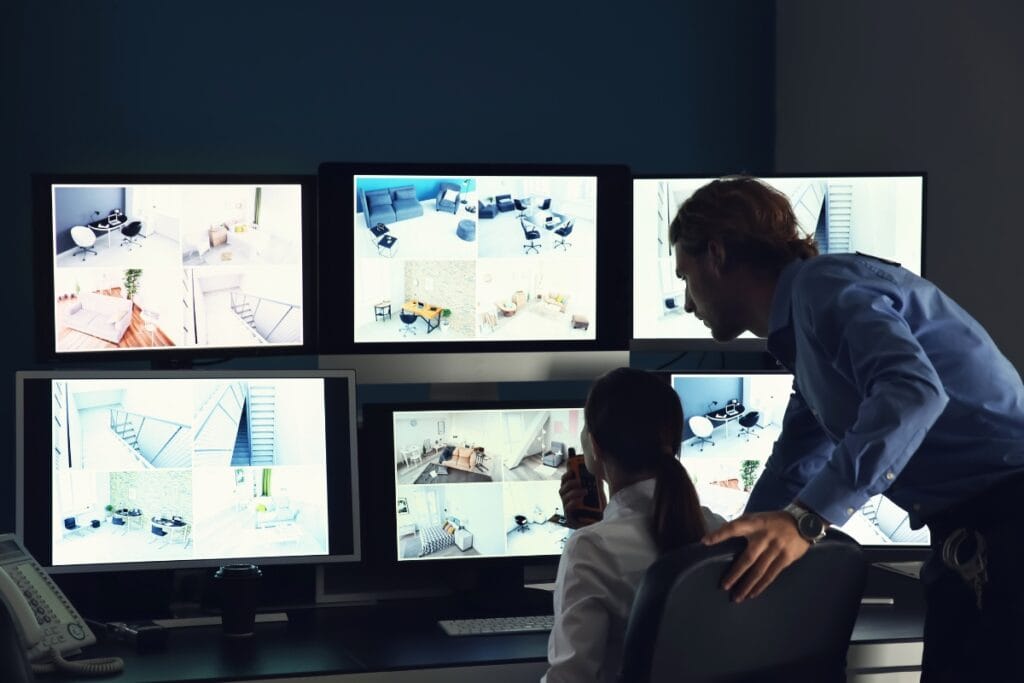
Video analytics has emerged as a transformative element in surveillance services, shifting the focus from passive recording to intelligent monitoring. Modern systems employ advanced algorithms to analyze streaming video feeds in real time, detecting events such as perimeter breaches, object removal, or unattended items. This level of automation reduces the burden on human operators, ensuring that critical incidents receive immediate attention.
Behavioral analytics add another layer of sophistication. By learning normal activity patterns over time, the system can highlight deviations—such as a person loitering near a restricted zone or multiple individuals converging unexpectedly. Heat mapping tools visualize high-traffic areas and bottlenecks, guiding security teams to optimize patrol routes and resource allocation. In retail environments, video analytics also support loss prevention by identifying suspicious customer behavior or tracking known shoplifters.
Edge-based analytics shift computational tasks to cameras themselves, enabling real-time processing with minimal network bandwidth usage. Alerts are generated locally and forwarded to control centers only when necessary. This distributed approach enhances resilience and lowers operational costs. Furthermore, advanced analytics platforms integrate with access control and alarm systems, creating a unified security ecosystem. By transforming raw footage into actionable intelligence, video analytics significantly amplify the effectiveness of surveillance services.
Legal and Ethical Considerations in Surveillance Services
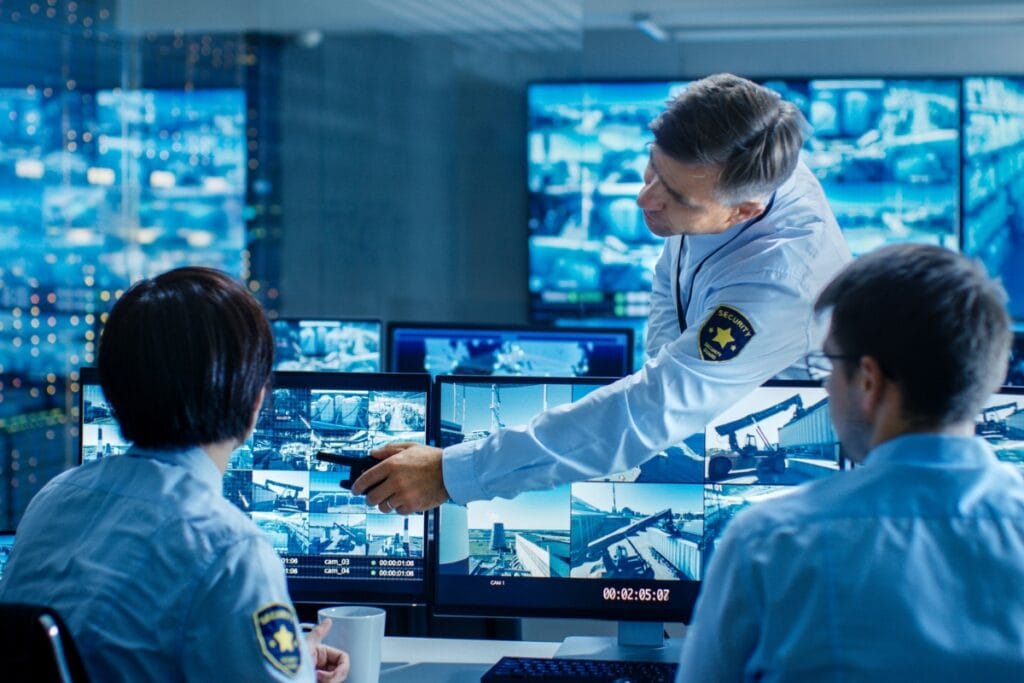
While cutting-edge technologies empower surveillance services with unprecedented capabilities, legal and ethical considerations must guide their deployment. Privacy laws vary widely by jurisdiction, often dictating what types of data can be collected, how long it may be stored, and under what circumstances it can be shared. Compliance with regulations such as the General Data Protection Regulation (GDPR) in Europe or the California Consumer Privacy Act (CCPA) in the U.S. is non-negotiable for organizations operating across borders.
Ethical frameworks reinforce respect for individual rights, balancing security needs against potential intrusions. Before implementing surveillance measures, stakeholders should conduct impact assessments to evaluate risks to privacy and civil liberties. Transparency policies—such as notifying employees or customers about the presence of cameras and sensors—foster trust and reduce the likelihood of legal challenges. Data minimization principles advocate collecting only what is necessary and retaining it for the shortest time required to achieve legitimate objectives.
Chain-of-custody protocols ensure that evidence gathered through surveillance services remains admissible in court. Proper logging, time-stamping, and encryption protect the integrity of recordings and digital footprints. Regular audits and third-party reviews verify that systems operate within ethical boundaries and legal requirements. Finally, oversight committees or designated privacy officers can address grievances and ensure accountability. By embedding these considerations into operational practices, organizations can harness the power of technology responsibly and maintain public confidence.
Conclusion: Harnessing the Power of Technology in Gathering Evidence
Surveillance services have undeniably transformed the way evidence is gathered, analyzed, and leveraged in investigations. From drones patrolling the skies to AI-driven analytics interpreting vast datasets, each technological advancement enhances the precision, speed, and scope of monitoring efforts. Yet, the true value lies not only in the tools themselves but in how they are integrated into a cohesive strategy that respects legal and ethical boundaries.
With advanced surveillance technology on your side, gathering clear, reliable evidence has never been more efficient or discreet. At 4Horsemen Investigation & Security, our expert team tailors surveillance security solutions—from high-definition video monitoring to covert audio capture—so you get the proof you need without compromising integrity. Don’t leave critical details to chance: call us today at 404-680-0860 or visit our website to send us a message. Let 4Horsemen help you uncover the truth with precision and professionalism.
